Entry Category: Land
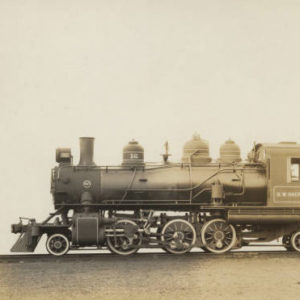 Company Locomotive
Company Locomotive
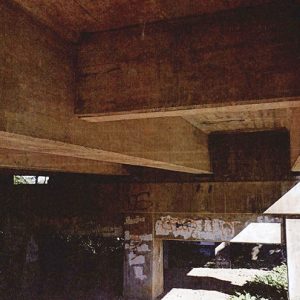 Construction Detail
Construction Detail
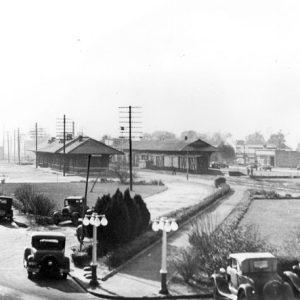 Conway Train Depot
Conway Train Depot
Coop Creek Bridge
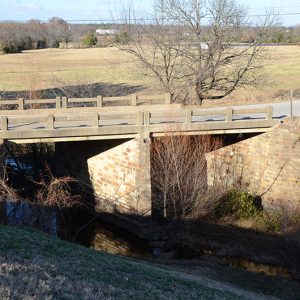 Coop Creek Bridge
Coop Creek Bridge
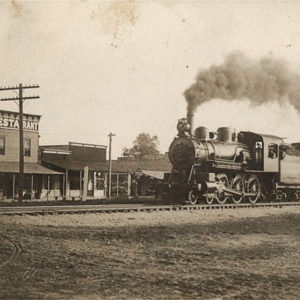 Corning Train
Corning Train
Cotter Bridge
aka: R. M. Ruthven Bridge
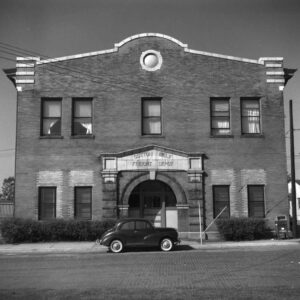 Cotton Belt Depot, North Little Rock
Cotton Belt Depot, North Little Rock
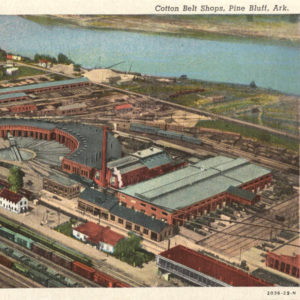 Cotton Belt Railroad Yard
Cotton Belt Railroad Yard
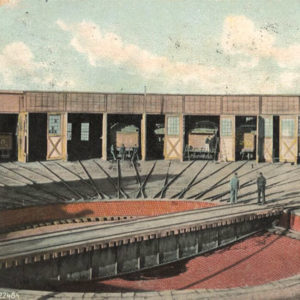 Cotton Belt Roundhouse
Cotton Belt Roundhouse
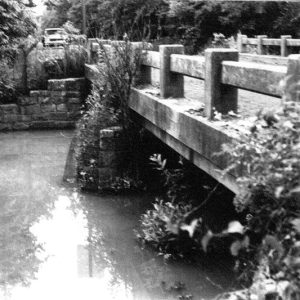 County Road 4G Bridge
County Road 4G Bridge
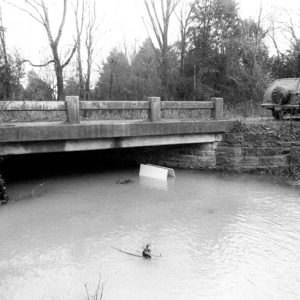 County Road 4G Bridge
County Road 4G Bridge
Cove Creek Bridge
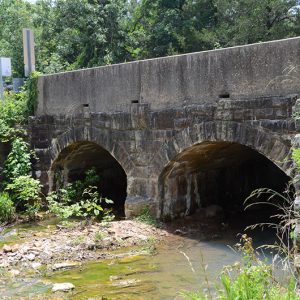 Cove Creek Bridge
Cove Creek Bridge
 Cove Creek Bridge
Cove Creek Bridge
Cove Creek Tributary Bridge
 Cove Creek Tributary Bridge
Cove Creek Tributary Bridge
Cove Lake Spillway Dam/Bridge
aka: Cove Creek Spillway Bridge
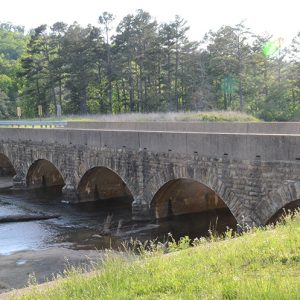 Cove Lake Spillway Dam/Bridge
Cove Lake Spillway Dam/Bridge
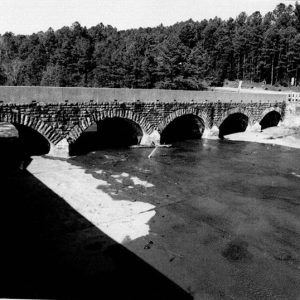 Cove Lake Spillway Dam/Bridge
Cove Lake Spillway Dam/Bridge
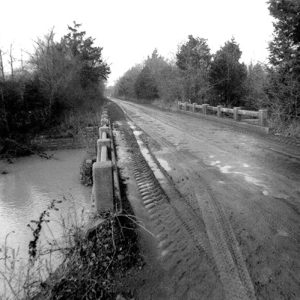 CR 4G Bridge Road Bed
CR 4G Bridge Road Bed
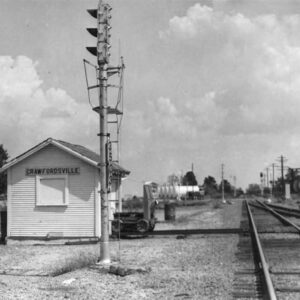 Crawfordsville Depot
Crawfordsville Depot
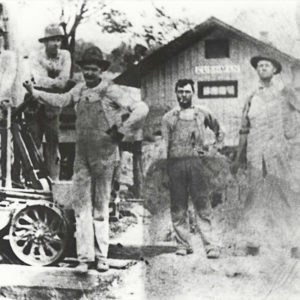 Cushman Depot
Cushman Depot
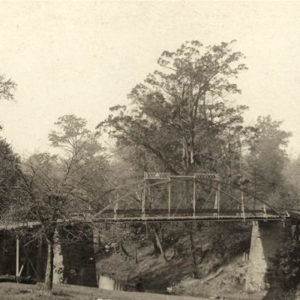 Danville Bridge
Danville Bridge
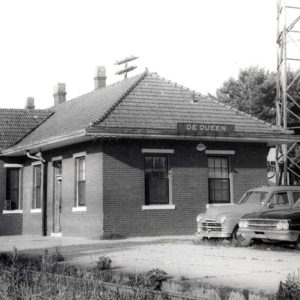 De Queen Depot
De Queen Depot
De Soto Expedition, Route of the
DeGray Creek Bridge
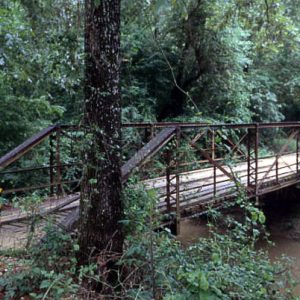 DeGray Creek Bridge
DeGray Creek Bridge
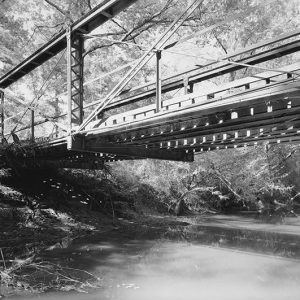 DeGray Creek Bridge
DeGray Creek Bridge
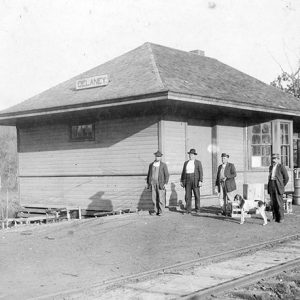 Delaney Depot
Delaney Depot
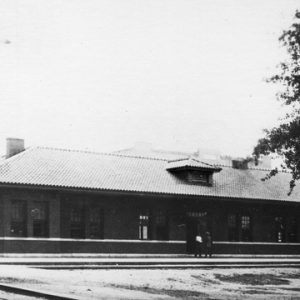 Dermott Railroad Depot
Dermott Railroad Depot
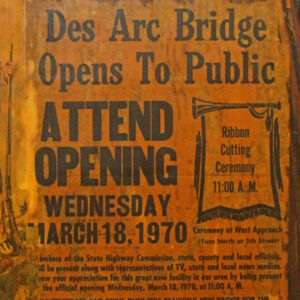 Des Arc Bridge Announcement
Des Arc Bridge Announcement
 DeValls Bluff Depot
DeValls Bluff Depot
Dollarway Road
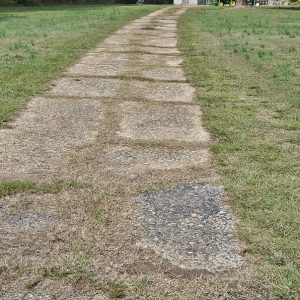 Dollarway Road near Redfield
Dollarway Road near Redfield
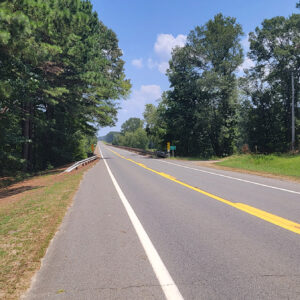 Donaldson Bridge
Donaldson Bridge
Dover to Clarksville Road
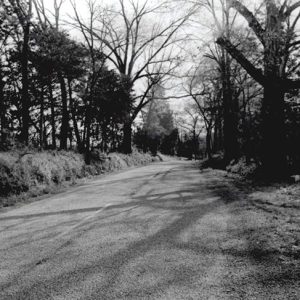 Dover to Clarksville Road
Dover to Clarksville Road
 Dredge Boat
Dredge Boat
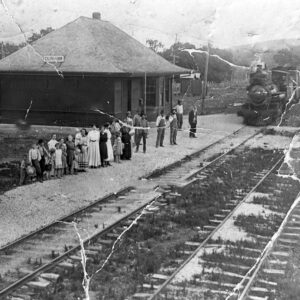 Durham Depot
Durham Depot
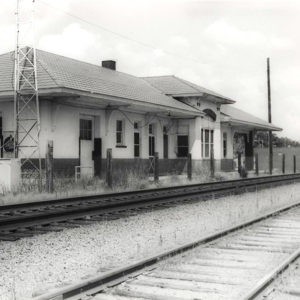 Earle Depot
Earle Depot
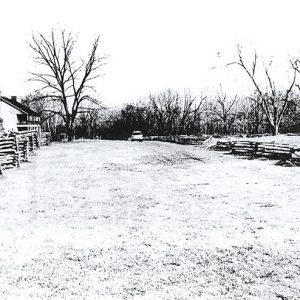 Elkhorn Tavern on the Springfield to Fayetteville Road
Elkhorn Tavern on the Springfield to Fayetteville Road
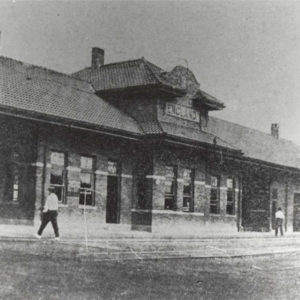 England Depot
England Depot
 England Fire Department
England Fire Department
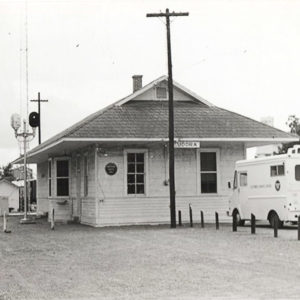 Eudora Depot
Eudora Depot
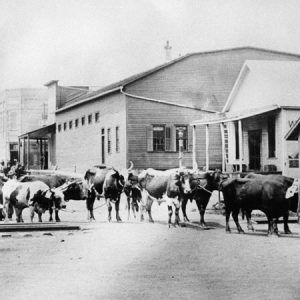 Eudora Ox Team
Eudora Ox Team
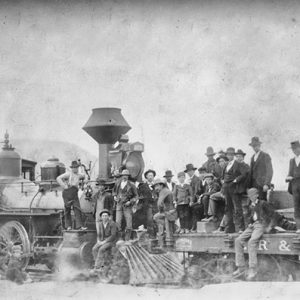 First Train to Paris
First Train to Paris
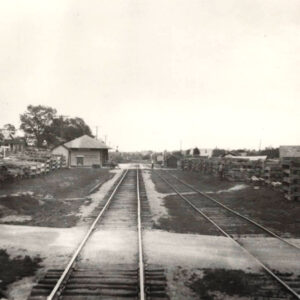 Flippin MoPac Tracks
Flippin MoPac Tracks
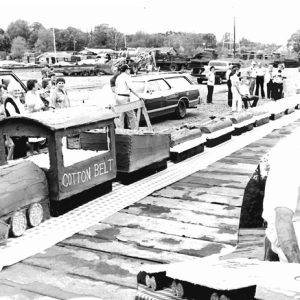 Fordyce on the Cotton Belt Festival Cake Train
Fordyce on the Cotton Belt Festival Cake Train




